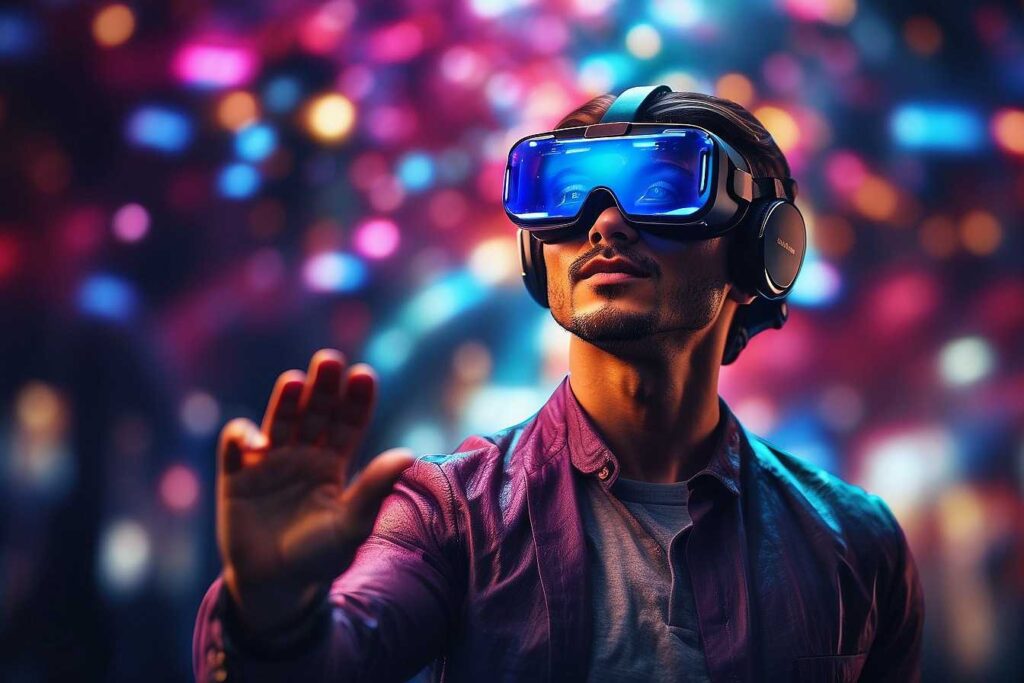Introduction
XR Design, which encompasses Virtual Reality (VR), Augmented Reality (AR), and Mixed Reality (MR), has emerged as a transformative technology with the potential to revolutionize various industries, including the travel and tourism sector. This blog post explores the ways in which XR Design can be helpful for the travel industry, enhancing the overall travel experience for both tourists and businesses.
1.
Virtual Reality (VR)
Virtual Reality offers immersive experiences that allow users to explore virtual environments that replicate real-world locations. In the travel industry, VR can be used to provide potential tourists with virtual tours of destinations, hotels, and attractions. This enables travelers to get a realistic sense of a place before making their booking decisions, helping them choose the most suitable options for their preferences.
Moreover, VR can transport users to remote or inaccessible locations, providing them with a sense of adventure and exploration. This can be particularly beneficial for individuals with physical limitations or those who are unable to travel due to various reasons. VR experiences can also serve as a marketing tool for travel agencies, showcasing the beauty and uniqueness of different destinations, enticing potential tourists to visit.
2.
Augmented Reality (AR)
Augmented Reality overlays digital information onto the real world, enhancing the user’s perception and interaction with their surroundings. In the travel industry, AR can be used to provide travelers with real-time information about their surroundings, such as historical facts, points of interest, and navigation assistance. AR apps can guide tourists through cities, providing them with an interactive and informative experience.
AR can also enhance the customer experience within hotels, resorts, and attractions. For example, AR can be used to provide virtual guides that offer information about exhibits in museums or historical sites. Additionally, AR can be utilized to create interactive experiences within hotel rooms, allowing guests to customize their environment or access additional services through their smartphones or AR glasses.
3.
Mixed Reality (MR)
Mixed Reality combines elements of both VR and AR, enabling users to interact with virtual objects while still being aware of their physical surroundings. In the travel industry, MR can be utilized to create unique and immersive experiences for tourists. For instance, MR can enhance guided tours by overlaying virtual objects or characters onto real-world locations, providing a more engaging and educational experience.
Furthermore, MR can be used for training purposes within the travel industry. For example, airline pilots can utilize MR simulations to practice emergency procedures in a safe and controlled environment. Hotel staff can also benefit from MR training, familiarizing themselves with various scenarios and customer interactions to provide exceptional service.
Conclusion
XR Design, encompassing VR, AR, and MR, has the potential to revolutionize the travel industry by enhancing the overall travel experience for both tourists and businesses. Virtual Reality provides immersive virtual tours and remote exploration opportunities, while Augmented Reality offers real-time information and interactive experiences. Mixed Reality combines elements of both, creating unique and engaging experiences. As the technology continues to advance, the travel industry can leverage XR Design to attract and satisfy a new generation of tech-savvy travelers.
Disclaimer: The information provided in this blog post is for informational purposes only and should not be considered as endorsement or recommendation of any specific technology or product.

